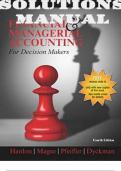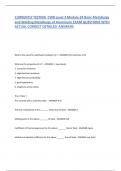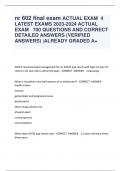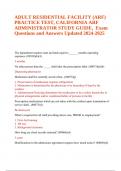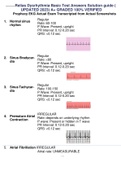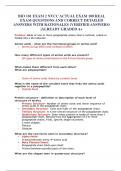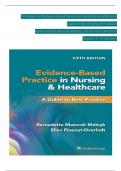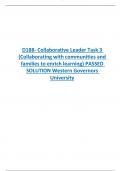Exam (elaborations)
SOLUTIONS MANUAL for Financial and Managerial Accounting for Decision Makers 4th Edition by Hanlon, Magee, Pfeiffer & Dyckman | All 24 Chapters
SOLUTIONS MANUAL for Financial and Managerial Accounting for Decision Makers 4th Edition by Hanlon, Magee, Pfeiffer & Dyckman. ISBN 3616. (All 24 Chapters).
[Show more]
